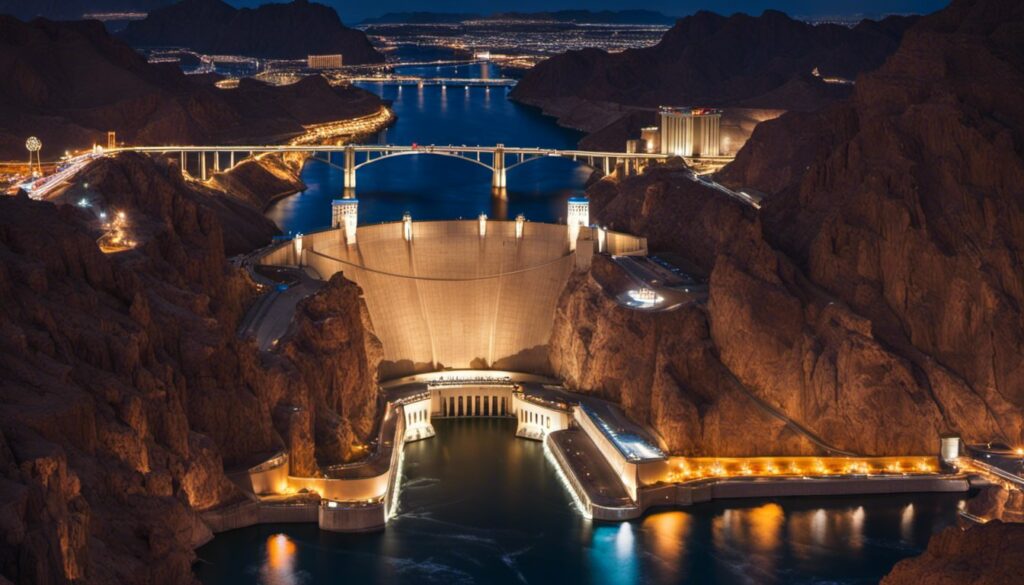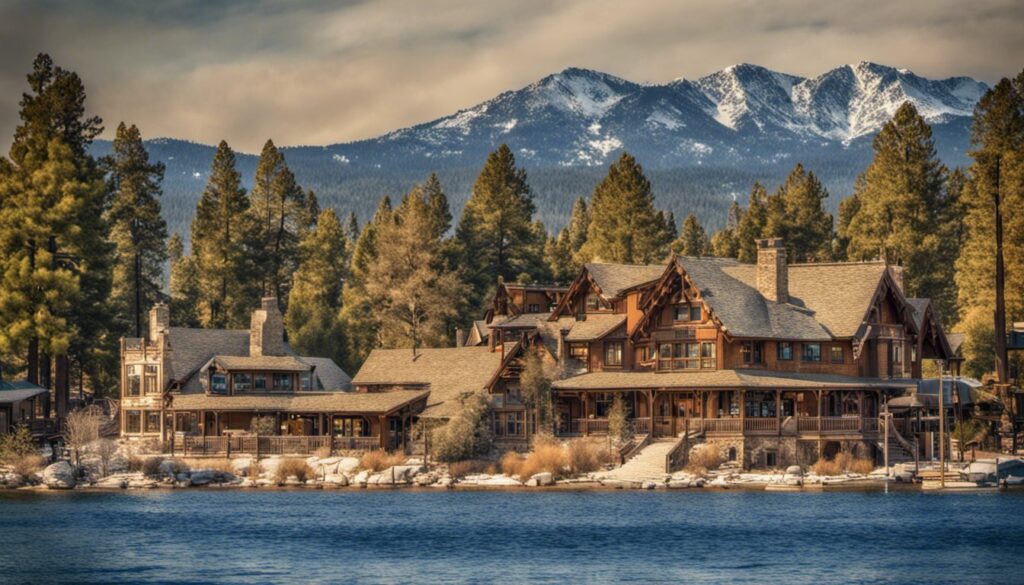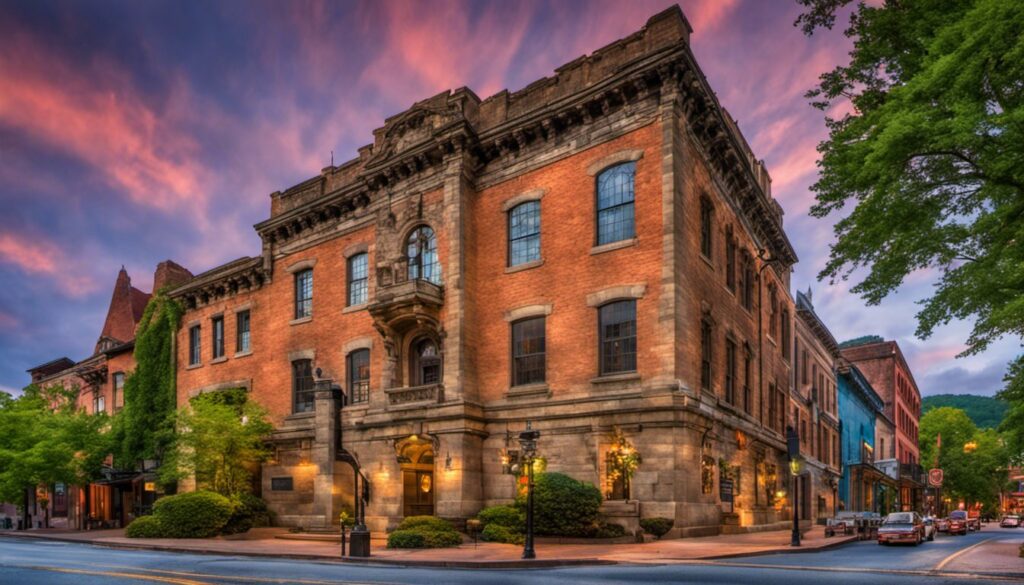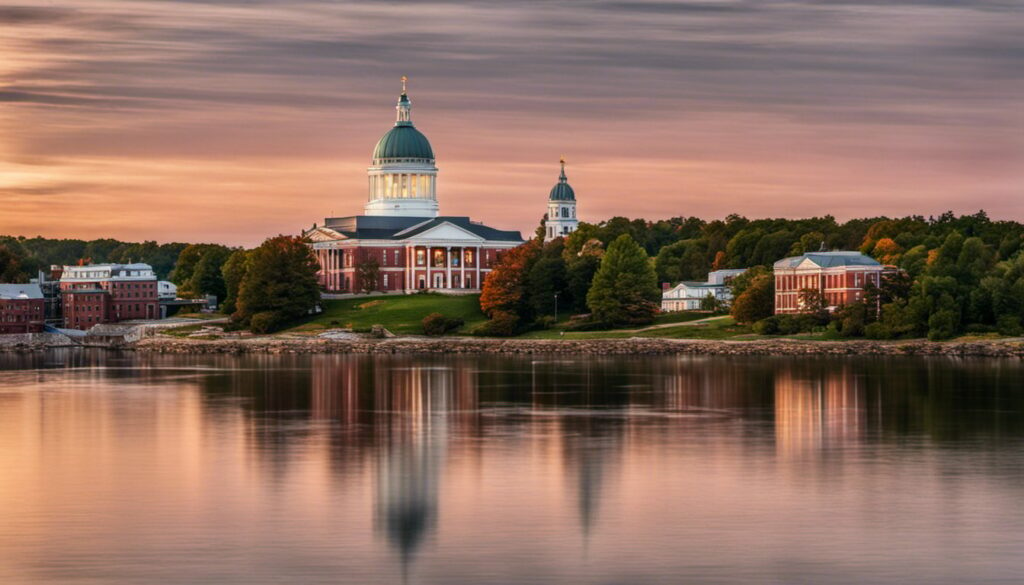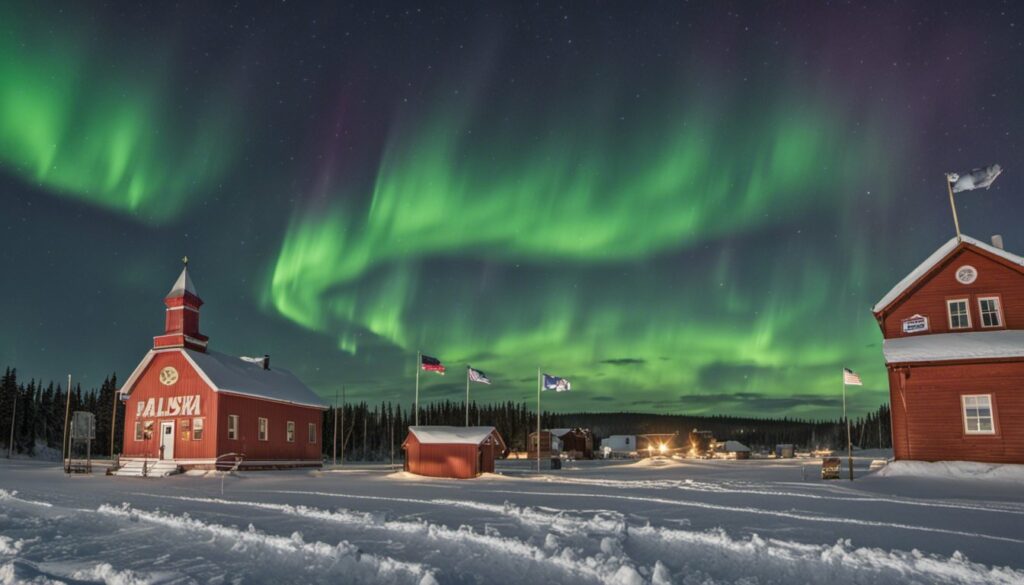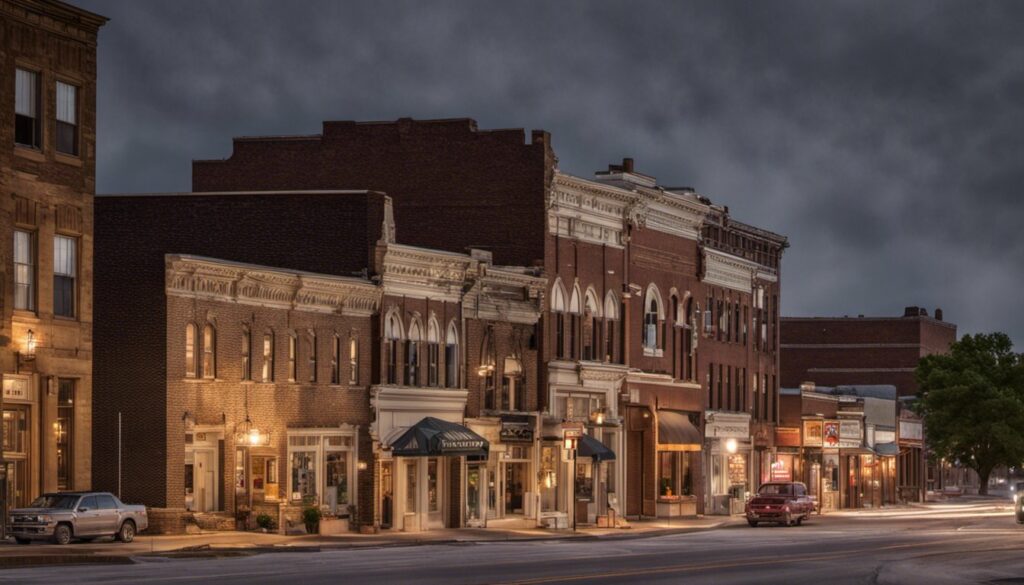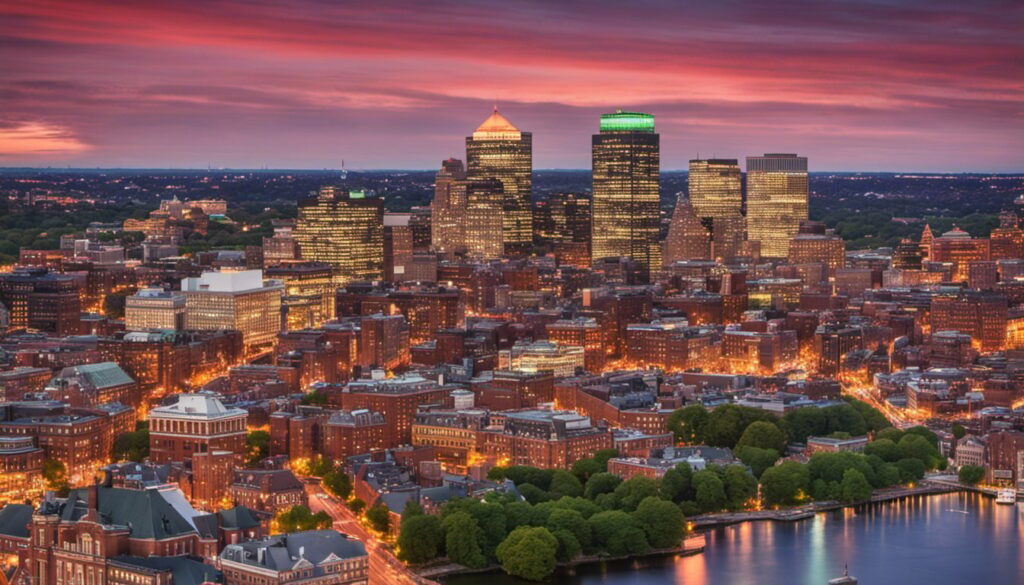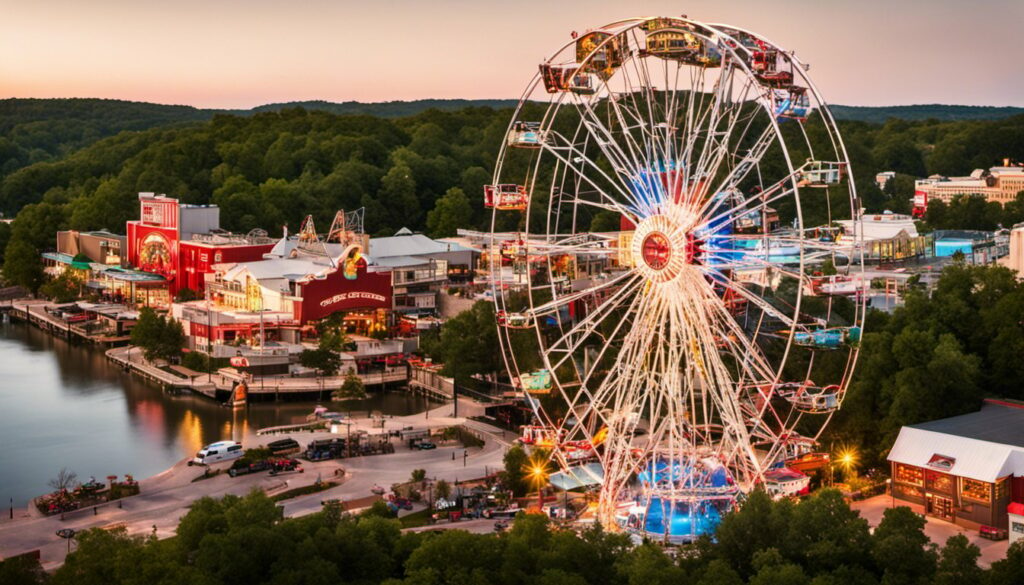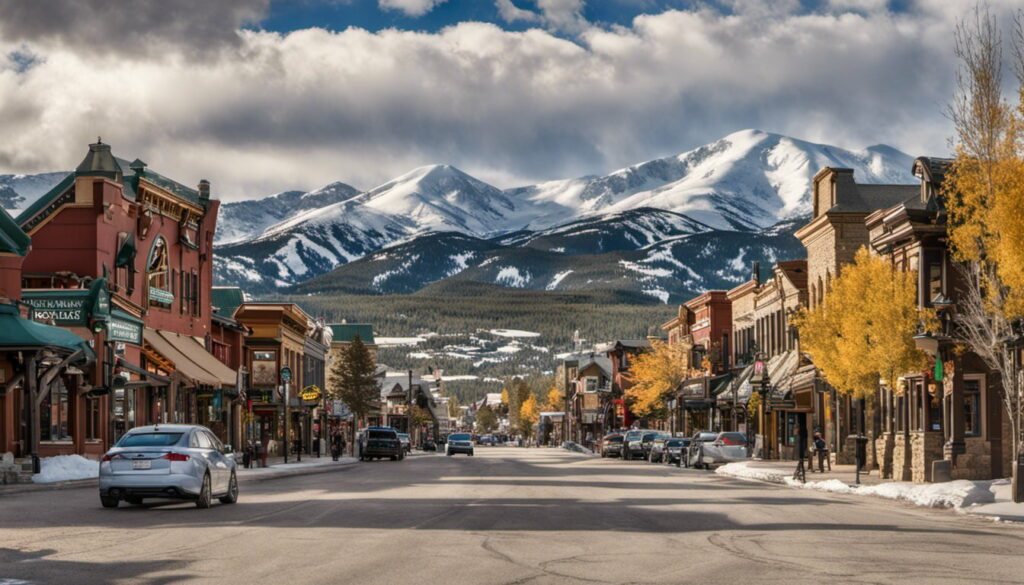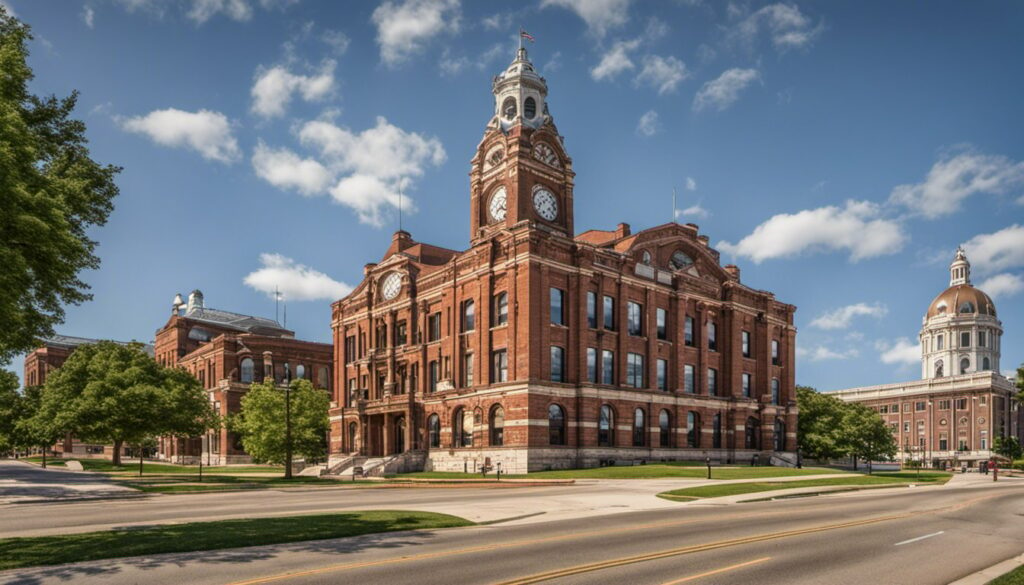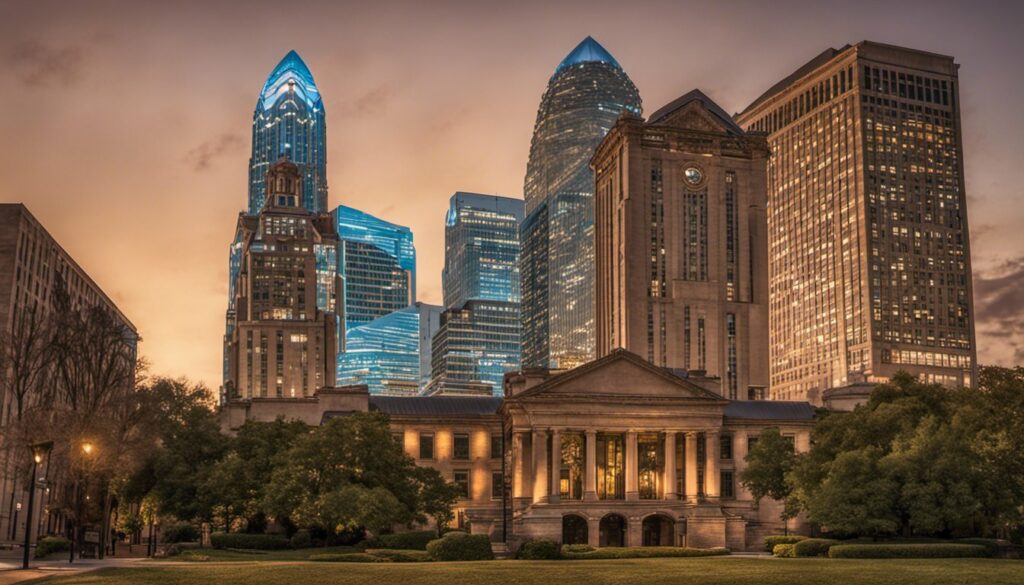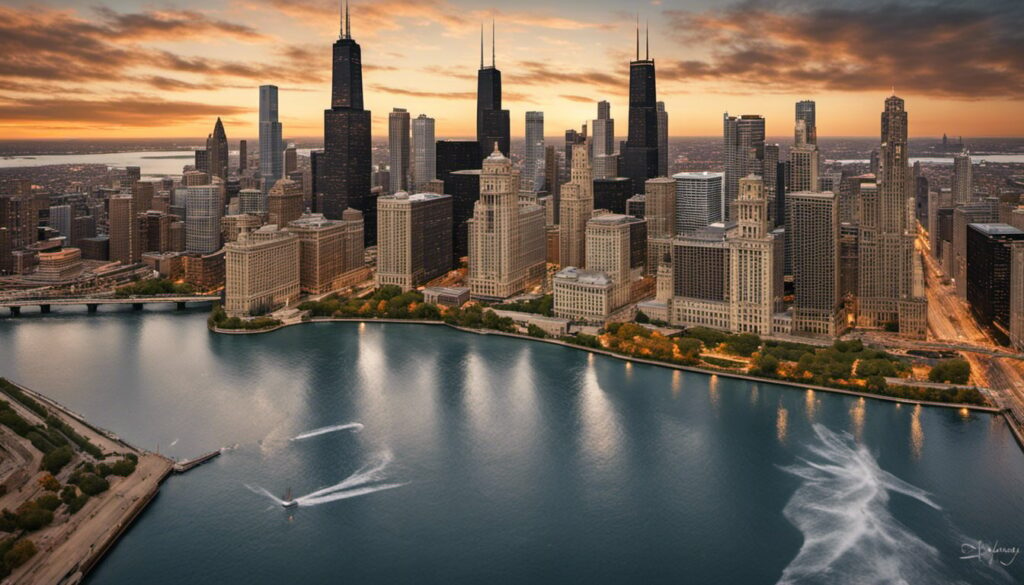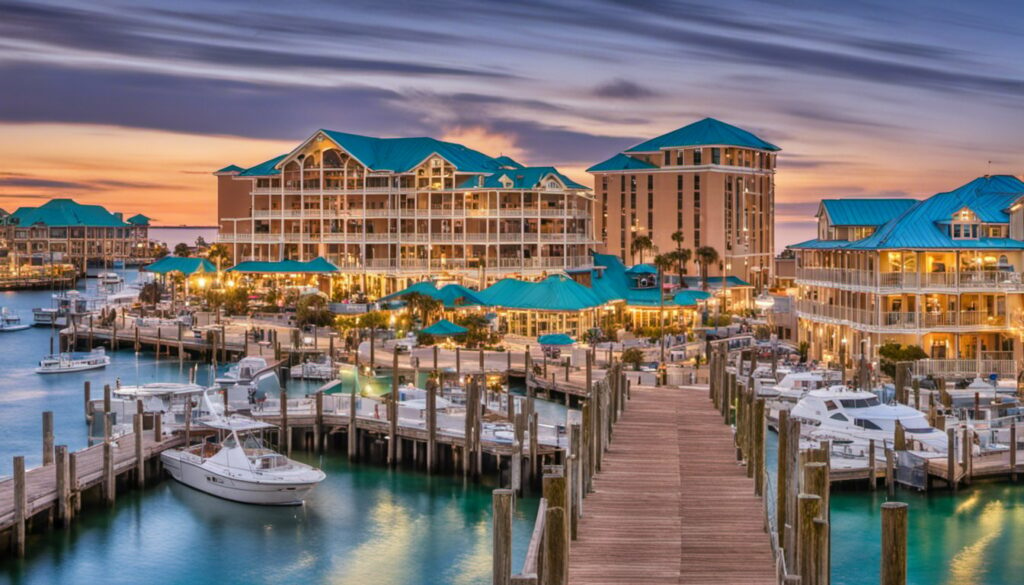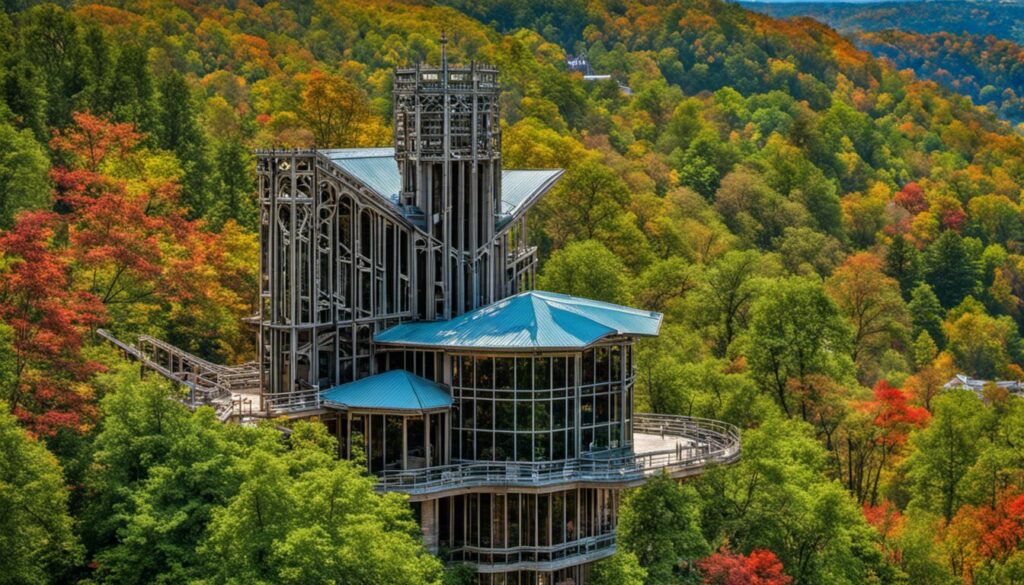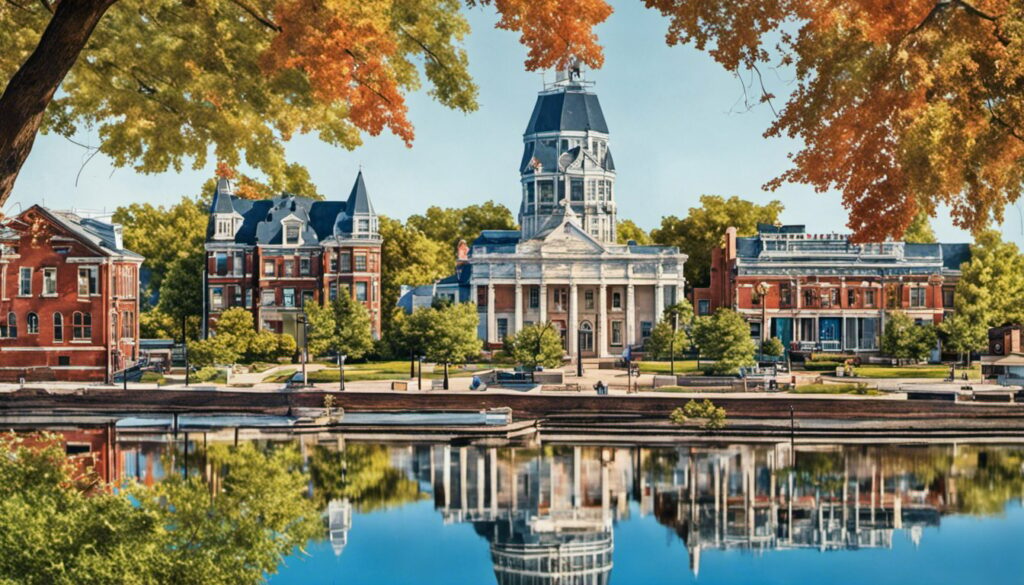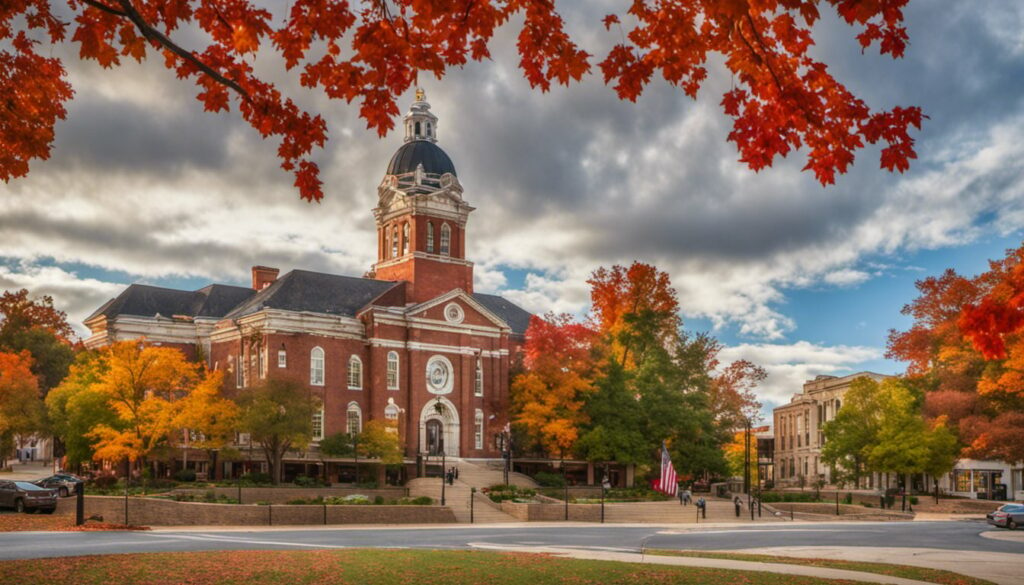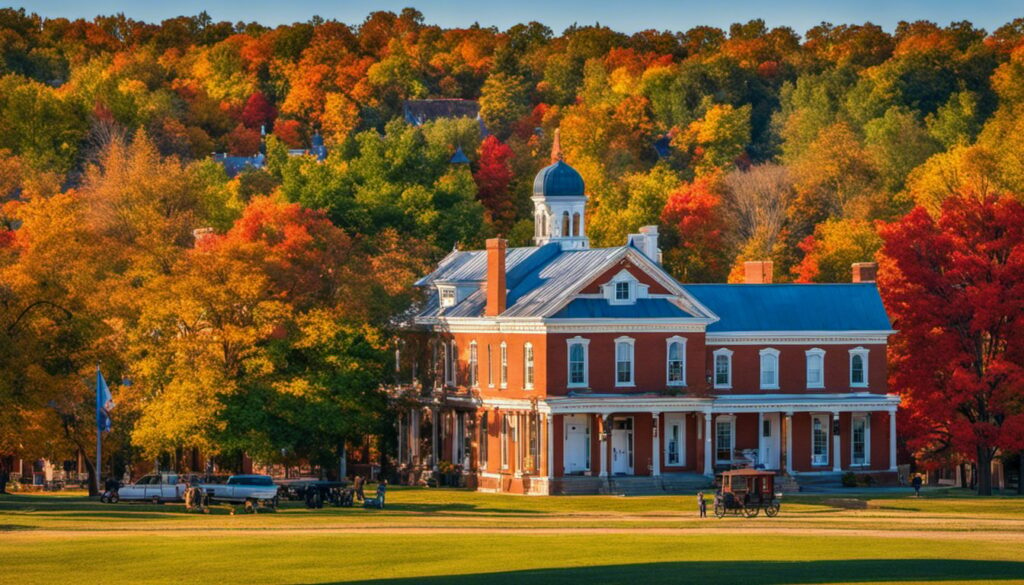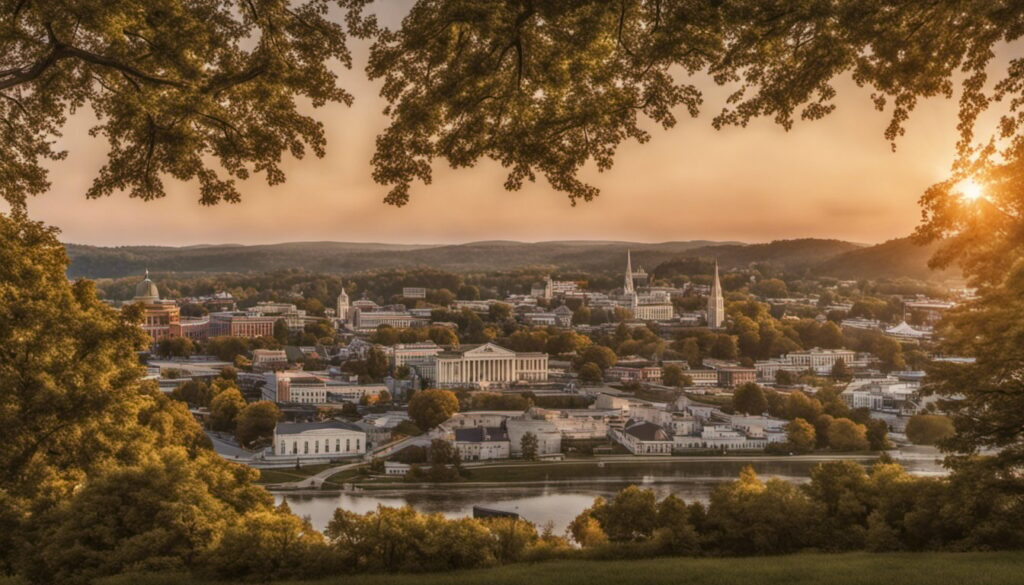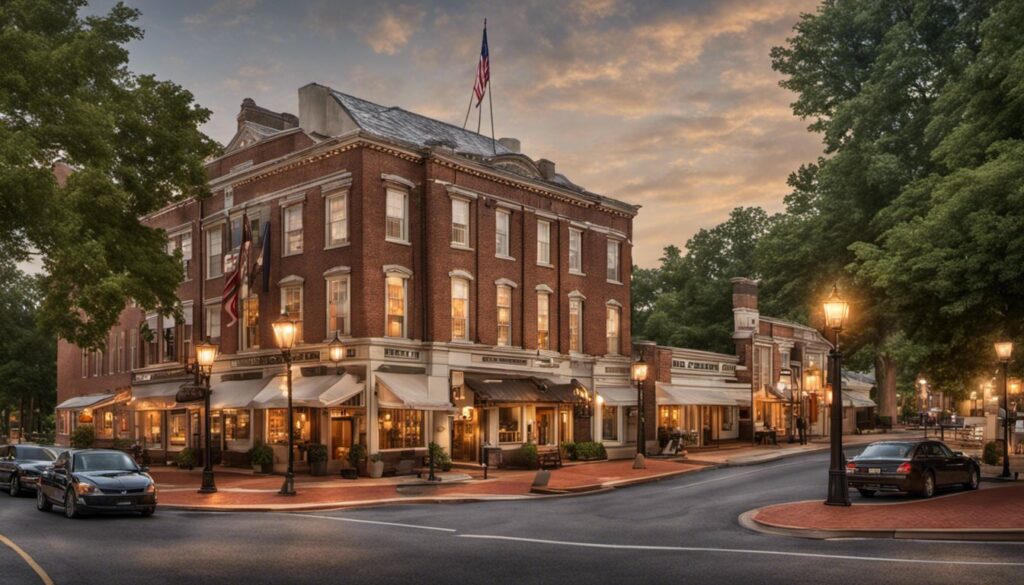Table Of Content
Explore Nevada’s Rich History: Historical Sites and Famous Landmarks Await!
Are you planning a trip to Nevada and wondering what historical sites and famous landmarks to visit? You’re in luck! Nevada is home to a plethora of historical sites and famous landmarks that offer a glimpse into the state’s rich history, culture, and heritage. From the mining history of Nevada to the settlement and development of the state, there is something for everyone to explore.
If you’re interested in learning about the mining history of Nevada, you won’t want to miss the famous landmarks such as the Hoover Dam and the Virginia City National Historic Landmark. These sites offer a unique perspective on the state’s mining history and the role it played in shaping the state’s development. Additionally, exploring ghost towns such as Rhyolite and Goldfield can provide an adventurous way to learn about the mining history of Nevada.
If you’re more interested in the cultural significance of Nevada, there are plenty of historical sites and famous landmarks to explore as well. Sites such as the Nevada State Museum and the Neon Museum offer a glimpse into the state’s cultural heritage and the role it played in shaping the state’s identity. No matter what your interests are, Nevada has something for everyone to explore and discover.
Key Takeaways
- Nevada is home to a variety of historical sites and famous landmarks that offer a glimpse into the state’s rich history, culture, and heritage.
- From the mining history of Nevada to the settlement and development of the state, there is something for everyone to explore.
- Exploring ghost towns, visiting museums, and touring famous landmarks are just a few ways to experience the history and culture of Nevada.
Historical Sites in Nevada
Nevada is a state rich in history, and there are many historical sites that you can visit to learn more about the past. Here are some of the most significant historical sites in Nevada that you should check out:
Nevada Northern Railway
The Nevada Northern Railway is a historic railroad that was built in the early 1900s to transport copper ore from the mines in Ely to the smelters in McGill. Today, the railway is a National Historic Landmark that offers train rides and tours of its historic buildings and equipment.
Virginia City Historic District
The Virginia City Historic District is a well-preserved example of a 19th-century mining town. It was once one of the richest cities in the world, thanks to the discovery of the Comstock Lode. Today, you can take a walking tour of the district and visit historic sites like the Piper’s Opera House and the Fourth Ward School Museum.
Fort Churchill
Fort Churchill is a historic U.S. Army fort that was established in 1860 to protect early settlers and travelers on the Pony Express and Overland Mail routes. Today, you can visit the ruins of the fort and learn about its significance in Nevada’s history.
Las Vegas Mormon Fort
The Las Vegas Mormon Fort is the site of the first permanent non-native settlement in the Las Vegas Valley. The fort was built in 1855 by Mormon missionaries, and it served as a trading post and way station for travelers on the Old Spanish Trail. Today, you can visit the reconstructed fort and learn about the early settlers of Las Vegas.
Berlin-Ichthyosaur State Park
Berlin-Ichthyosaur State Park is a historic mining town and paleontological site in central Nevada. The town was once a thriving mining community, but it was abandoned in the early 1900s. Today, you can visit the park and see the remains of the town and the world’s largest known ichthyosaur fossil.
Fort Ruby
Fort Ruby was a U.S. Army fort that was established in 1862 to protect early settlers and travelers in eastern Nevada. The fort was abandoned in 1869, but you can still visit the ruins and learn about its history and significance.
Leonard Rockshelter
Leonard Rockshelter is a prehistoric archaeological site in eastern Nevada that was inhabited by early Native American cultures over 10,000 years ago. The site contains artifacts and structures that offer a glimpse into the lives of these early settlers.
These are just a few of the many historical sites in Nevada that you can visit to learn more about the state’s past. Whether you’re interested in mining history, Native American cultures, or the Old West, there’s something for everyone in Nevada’s rich history.
Famous Landmarks in Nevada
Nevada is known for its famous landmarks that attract millions of visitors from all over the world. From the iconic Hoover Dam to the glitz and glamour of the Las Vegas Strip, Nevada has something for everyone. Here are some of the most famous landmarks that should be on your bucket list when visiting Nevada.
Hoover Dam
One of the most impressive engineering feats of the 20th century, Hoover Dam is a must-see landmark in Nevada. Located on the border between Arizona and Nevada, this concrete arch-gravity dam was built during the Great Depression and completed in 1935. The dam is an impressive sight, standing at 726 feet tall and 1,244 feet long. Take a guided tour to learn about the history and engineering behind this incredible landmark.
Las Vegas Strip
The Las Vegas Strip is an iconic landmark that is known for its neon lights, towering hotels, and exciting casinos. This four-mile stretch of road is home to some of the most famous hotels in the world, including the Bellagio, the Venetian, and the Wynn. Take a stroll down the Strip at night to see the lights and soak up the electric atmosphere.
Stokes Castle
Located in Austin, Nevada, Stokes Castle is a unique landmark that was built in 1897 by Anson Phelps Stokes, a wealthy businessman from New York. The castle was intended to be a summer home, but Stokes never finished the project. Today, the castle is a popular tourist attraction and offers stunning views of the surrounding landscape.
Thunder Mountain Monument
Thunder Mountain Monument is a unique landmark that is located in Imlay, Nevada. Created by Italian immigrant Frank Van Zant, the monument is a collection of sculptures and structures that were built over a period of 35 years. The monument is a testament to Van Zant’s vision and creativity, and it is a must-see landmark for anyone interested in art and sculpture.
The Mob Museum
Located in downtown Las Vegas, The Mob Museum is a fascinating landmark that explores the history of organized crime in America. The museum is housed in a former courthouse that was used to prosecute members of the mob in the 1950s and 1960s. The museum features interactive exhibits, artifacts, and displays that bring the history of the mob to life.
Whether you are interested in engineering, history, art, or culture, Nevada has something for everyone. These famous landmarks are just a few of the many attractions that make Nevada a must-visit destination.
Mining History of Nevada
Nevada is famous for its mining history, which dates back to the 1800s. The state is known for its gold and silver deposits, which have been the driving force behind many of its mining towns. In this section, we’ll take a look at some of the most famous mining towns in Nevada and their rich history.
Gold Hill
Gold Hill is a historic mining town located in Storey County, Nevada. The town was founded in 1859 after gold was discovered in the area. During its peak, Gold Hill was home to over 8,000 people and had several mines operating in the area. Today, the town is a popular tourist destination and is known for its preserved buildings and mining history.
Silver City
Silver City is another historic mining town located in Lyon County, Nevada. The town was founded in 1859 after silver deposits were discovered in the area. At its peak, Silver City had a population of over 1,200 people and was home to several mines. Today, the town is a popular tourist destination and is known for its historic buildings and mining history.
Ward Charcoal Ovens
The Ward Charcoal Ovens are a historic site located in White Pine County, Nevada. The ovens were built in the late 1800s to produce charcoal for the nearby mining industry. The ovens are unique in design and are considered to be some of the best-preserved charcoal ovens in the western United States. Today, the Ward Charcoal Ovens are a popular tourist destination and are open to the public.
Rhyolite Ghost Town
Rhyolite is a ghost town located in Nye County, Nevada. The town was founded in 1904 after gold was discovered in the area. During its peak, Rhyolite had a population of over 10,000 people and was home to several mines. Today, the town is a popular tourist destination and is known for its preserved buildings and mining history.
Nevada’s mining history is a fascinating look into the state’s past. From the gold rush of the 1800s to the silver boom of the early 1900s, the state has a rich mining history that is still celebrated today. Whether you’re interested in visiting historic mining towns or learning more about the state’s mining past, Nevada has something to offer for everyone.
Settlement and Development
Nevada’s rich history is reflected in its numerous historical sites and famous landmarks. The state’s settlement and development are fascinating stories that have shaped the region’s culture and identity. In this section, we will explore the early settlement and development of Nevada, with a focus on Carson City, Reno, Boulder City, Summerlin, and Dayton.
Carson City
Carson City is the capital of Nevada and was founded in 1858 during the California Gold Rush. The city was named after Kit Carson, a famous frontiersman and explorer. Carson City played an important role in the Civil War as a Union Army supply center. Today, the city is home to numerous historic buildings and homes that have been preserved for future generations.
Reno
Reno is a city in northern Nevada that was founded in 1868. The city grew rapidly due to the mining boom in the region. Reno is home to many historic buildings, including the Nevada State Capitol and the Reno Arch. The city is also known for its vibrant nightlife and casinos.
Boulder City
Boulder City is a city in Clark County, Nevada, and was founded in 1931 during the construction of the Hoover Dam. The city was built to house the workers who were building the dam. Today, Boulder City is a popular tourist destination and is home to many historic buildings and homes.
Summerlin
Summerlin is a master-planned community in the Las Vegas Valley that was developed in the 1990s. The community is known for its parks, trails, and golf courses. Summerlin is also home to many historic buildings and homes that have been preserved for future generations.
Dayton
Dayton is a small town in western Nevada that was founded in 1851 during the California Gold Rush. The town played an important role in the development of the state’s mining industry. Today, Dayton is home to many historic buildings and homes that have been preserved for future generations.
In conclusion, the settlement and development of Nevada have played a significant role in shaping the state’s culture and identity. From early settlers to the construction of major infrastructure projects like the Hoover Dam, Nevada’s history is rich and diverse. By preserving historic buildings and homes, we can ensure that future generations can learn from and appreciate the state’s fascinating past.
Cultural Significance
Nevada is a state rich in history and culture, with numerous landmarks and historical sites that showcase the state’s legacy. These landmarks and sites are not just objects, but they are part of the state’s cultural landscape and have played a significant role in shaping Nevada’s history.
Francis G. Newlands Home
The Francis G. Newlands Home is a National Historic Landmark that served as the residence of Francis G. Newlands, a U.S. Senator from Nevada. Newlands was the primary author of the Reclamation Act of 1902, which created irrigation projects enabling agriculture in the arid American West. The home is a testament to Newlands’ legacy and contribution to Nevada’s development.
McKeen Motor Car #70
The McKeen Motor Car #70 is a unique artifact of Nevada’s transportation history. It was a self-propelled railcar built in 1910 by the McKeen Motor Car Company. The car was used to transport people and goods between Reno and Minden, Nevada. The car is a significant object that showcases Nevada’s ingenuity and innovation in transportation.
Mormon Station
Mormon Station is a state park that preserves the site of the first permanent non-native settlement in the Carson Valley. The settlement was established in 1851 by Mormon pioneers, and the park preserves the original fort, trading post, and other historic buildings. The site is a significant landmark that showcases Nevada’s early settlement history.
Lake Mead
Lake Mead is the largest reservoir in the United States and a significant landmark in Nevada. The lake was created by the construction of the Hoover Dam, which was completed in 1936. The lake is a popular destination for water sports, fishing, and camping. The lake is a significant landscape that showcases Nevada’s natural beauty and recreational opportunities.
Nevada’s cultural significance extends beyond these landmarks and sites. From the historic courthouses of Pueblo to the legacy of the American Civil War, Nevada’s cultural landscape is diverse and rich. These landmarks and sites are just a few examples of the many cultural treasures that Nevada has to offer.
Exploring Ghost Towns
If you’re looking for an exciting adventure to add to your bucket list, exploring ghost towns in Nevada should definitely be on it. Nevada is home to many fascinating ghost towns, each with its own unique legacy. Here are a few of the most notable ones to explore:
Austin
Austin is a must-see ghost town located in central Nevada. Founded in 1862, it was once a bustling mining town with a population of over 10,000 people. Today, the town has a population of just over 200 people, making it a perfect destination for anyone looking to escape the hustle and bustle of city life.
Silver Springs
Silver Springs is another great ghost town to explore in Nevada. Once a thriving railroad town, it’s now a popular spot for ghost town enthusiasts and history buffs. Here, you can explore abandoned buildings, old mines, and other remnants of the town’s past.
East Ely Yards
East Ely Yards is a fascinating ghost town located in eastern Nevada. Once a major hub for the railroad industry, it’s now a popular spot for tourists looking to explore the town’s history. Here, you can explore old railcars, locomotives, and other artifacts from the town’s past.
Exploring ghost towns in Nevada is an adventure you won’t soon forget. With so many fascinating towns to choose from, you’re sure to find one that piques your interest. So pack your bags, grab your camera, and get ready to explore the rich history and legacy of Nevada’s ghost towns.
Frequently Asked Questions
What are some must-see historical sites in Nevada?
Nevada is home to many unique and fascinating historical sites. Some must-see sites include the Virginia City National Historic Landmark District, which preserves the history of the Comstock Lode mining boom; the Nevada State Museum in Carson City, which features exhibits on Nevada’s natural and cultural history; and the Lost City Museum in Overton, which showcases the history of the Ancestral Puebloan people who lived in the region over 1,000 years ago.
What is the history behind Fort Churchill in Nevada?
Fort Churchill State Historic Park is located in Lyon County, Nevada and was established in 1860 to protect early settlers and emigrants traveling on the Pony Express and Overland Mail routes. The fort was named after Sylvester Churchill, a Inspector General of the Army. Today, visitors can explore the ruins of the fort and learn about its history through exhibits and interpretive programs.
What makes Hoover Dam such a famous landmark in Nevada?
Hoover Dam is a marvel of engineering and one of the most recognizable landmarks in Nevada. Built during the Great Depression, the dam provides hydroelectric power to millions of people in the Southwest. Its construction required the relocation of thousands of workers and the creation of a new town, Boulder City. Today, visitors can take tours of the dam and learn about its history and significance.
What other landmarks are near Hoover Dam in Nevada?
Near Hoover Dam, visitors can explore Lake Mead National Recreation Area, which offers opportunities for boating, fishing, and hiking. The Mike O’Callaghan-Pat Tillman Memorial Bridge, which spans the Colorado River just downstream from the dam, provides stunning views of the surrounding landscape.
Who are some famous people from Nevada and what landmarks are associated with them?
Nevada is home to many famous people, including former U.S. Senator Harry Reid, who was instrumental in the creation of the Tule Springs Fossil Beds National Monument, and legendary entertainer Frank Sinatra, who performed at the Sands Hotel and Casino in Las Vegas. Visitors can explore the Mob Museum in Las Vegas, which tells the story of organized crime in America, and the Liberace Museum in Las Vegas, which honors the life and career of the flamboyant pianist.
What are some interesting facts about the historical landmarks in Nevada?
Did you know that the East Ely Depot in Ely, Nevada, which served passengers on the Nevada Northern Railway, was added to the National Register of Historic Places in 1984? Or that the Leonard Rockshelter, a prehistoric archaeological site in Elko County, Nevada, is one of the oldest known human habitation sites in North America? These are just a few of the many interesting facts about the historical landmarks in Nevada.

